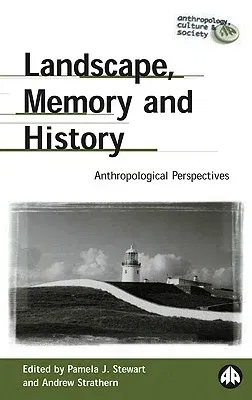Landscape, Memory and History: Anthropological PerspectivesPaperback, 20 May 2003

Qty
1
Turbo
Ships in 2 - 3 days
In Stock
Free Delivery
Cash on Delivery
15 Days
Free Returns
Secure Checkout
Part of Series
Anthropology, Culture and Society (Paperback)
Print Length
256 pages
Language
English
Publisher
Pluto Press (UK)
Date Published
20 May 2003
ISBN-10
0745319661
ISBN-13
9780745319667
Description
Product Details
Book Format:
Paperback
Country of Origin:
US
Date Published:
20 May 2003
Dimensions:
21.84 x
13.51 x
1.7 cm
ISBN-10:
0745319661
ISBN-13:
9780745319667
Language:
English
Location:
London, England
Pages:
256
Publisher:
Weight:
381.02 gm

